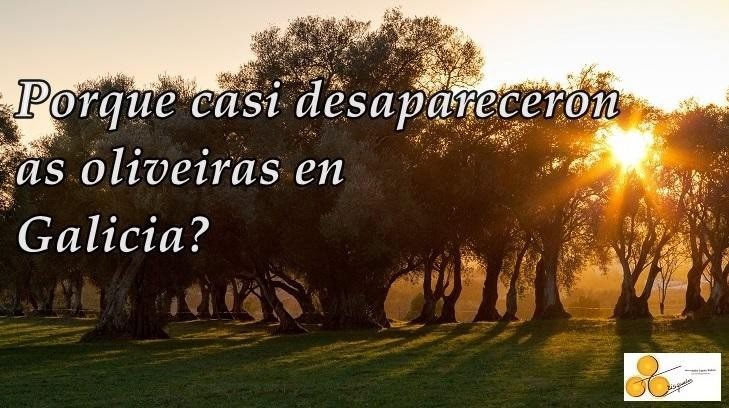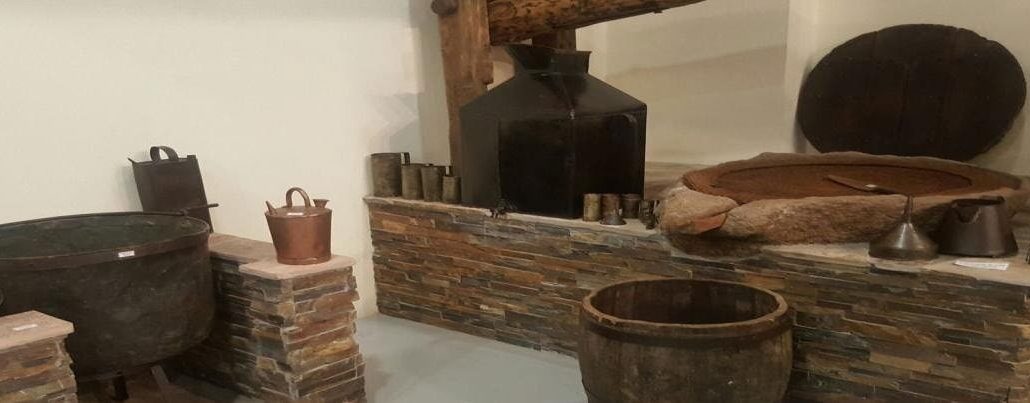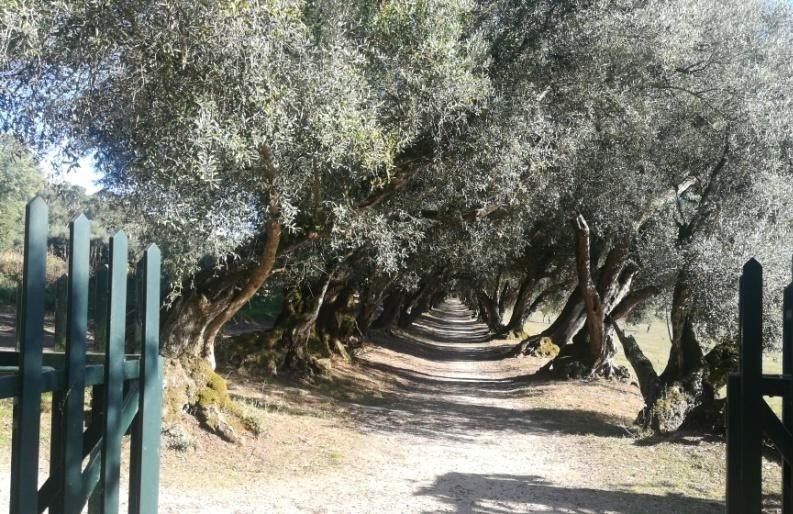
Although there is hardly any research on the matter, Galicia was once a land of olive trees. There is also evidence of olive production as shown by historian Lourenzo Fernández who compiled pieces of the past of the Galician olive grove to find some of the keys to the survival of this culture.
A little more than a few years ago, the cultivation of olive trees and the production of oil in Galicia began to be topical, partly due to the novelty of oil production, a Mediterranean crop, in these latitudes. However, despite the limitations given the scarce documentation and existing research, Galicia has vestiges that attest that the olive tree and oil production were once cultivated on these lands. USC historian Lourenzo Fernández puts it this way.
“There is no historical research, no specific bibliography that addresses the presence of the olive tree in Galicia, it is an unknown and little explored topic. What we know is little and fragmentary,” explains Lourenzo, referring to the starting point to delve deeper into the olive trees of Galicia.
However, some of the recent publications give an account of the olive tree in Galicia from different perspectives. Thus, the photographic work of Xurxo Lobato shows some of the centuries-old olive trees such as those of the Pazo de Santa Cruz Rivadulla, ancient specimens linked to the upper classes and Galician palaces. On the other hand, from an archaeological and ethnographic point of view, the work of Estanislao Fernández da Cigoña and Xoán Martínez de Tamuxe shows the production of oil in Galicia, with the compilation of ancient oil mills or mills.

Toponymy, evidence of olive trees
Given the lack of previous research work, one of the starting points to confirm the presence of the olive tree in Galicia is toponymy.
The count carried out by the historian leaves about 70 place names related to the olive growing world such as oliveira (44), oliveirais (12), olive oil (10), oliveiral (3) and a place name of belotas, another of the names to refer to the olives.
If it is true, if you compare it with other toponyms with deep Galician tradition, such as junqueira, forest, devesa or carballeira, these terms reach more than several hundred records.
These toponyms referring to the olive tree are located in the Vigo area and in valleys such as Ulla, Xubia or Barcala, where the largest number of citations on this topic are concentrated. “In Galicia there is that more Mediterranean area in the middle of an Atlantic area like Galicia, and that is clearly the area of olive trees,” the historian clarifies.
The disappearance of the olive trees
In Galicia, the vestiges of olive cultivation that currently exist correspond to two different realities that have to do with very different interests and forms of production and management. On the one hand, the olive trees of the Sil valley, where there is still agricultural use, and on the other, the unique specimens linked to the palaces.
To address the supposed elimination of Galician olive trees, one of the explanations given has to do with the “taming and castration of Galicia”, an expression used by Castelao and which refers to the policies during the reign of the Catholic Monarchs. Starting in 1486, the defeat of the nobility in favor of Juana A Beltraneja, the situation in Galicia changed and this also affected this crop, as the historian points out.
But to understand why there are so few olive trees left in these lands, different historical milestones come into play, not all of which occurred in Galicia but which had an impact on this area. One of the facts to take into account is the construction of the American empire in 1500. The Irmandiña Revolt that takes place in Galicia is also decisive and will reduce the pressure of the nobles on the peasants as well as the important demographic crisis that it causes. At that time. All these events lead to a reconfiguration of crops in 1650.
Since the s. In the 18th century, the polyculture system was formed, which involves the complex rotation of plants in which species of American origin were already introduced. Galician farmers also have a hut made up of different animals, which provides them with fertilizer and allows them to obtain food more easily. This situation implies the abandonment of some crops, among which the olive tree is on the discard list. “In this change of crops, the olive tree is being relegated with the introduction of others such as corn or potatoes,” says Fernández.
A scarce and punctual documentation of the s. XVIII shows the presence of the olive tree in Galicia. Among the references, the Enseada Cadastre Registry of 1752 stands out, one of the most reliable documents according to the historian, which already records the existence of a plantation of 3,000 olive trees in the province of Ourense.
“The fact that olive cultivation did not expand as it did in other areas of Spain shows that in Galicia the meteorological, social, or commercial conditions were not in place for such expansion to occur,” says Fernández. “We can blame the Catholic Monarchs, the castration of Galicia or the Atlantic climate, but it is a more complex reality that caused it not to expand,” says the expert. Another factor also enters this equation: European Atlantic agriculture. Galicia is specialized in this type of agriculture where there are hardly any bush crops, unlike gorse, and the olive tree is once again left out.
What were olive trees used for in Galicia?
Although there are key questions to be answered about the past of the olive tree in Galicia, another of the fundamental aspects to clarify the presence of this crop in these lands are the uses to which these trees were put, as the historian explains. The oil from Galician olive trees was reduced to local markets in 1880, a moment that could be key because it is when the canneries in southern Galicia began to demand oil. However, this demand is already covered by oil from the plantations in southern Spain. “There was not enough production in Galicia to cover the demand of the canneries,” explains Fernández.

The use of Galician oil is relegated to lighting and a minimal part to culinary uses, since in the kitchen of that time that gap was filled with animal fats or butter. Already in the 19th century, with the expansion of markets, “the competitive capacity of Galician oil was increasingly reduced, since at these large fairs oil brought from other areas began to appear linked to pepper, salt, powder or the meat or cauldron, which survive to this day,” concludes the historian.
All these factors shape the past of the olive tree in Galicia, but as the historian points out, they also hint that the production of olive oil in Galician lands must be linked to originality, quality and differentiation in order to gain a foothold in the market.
